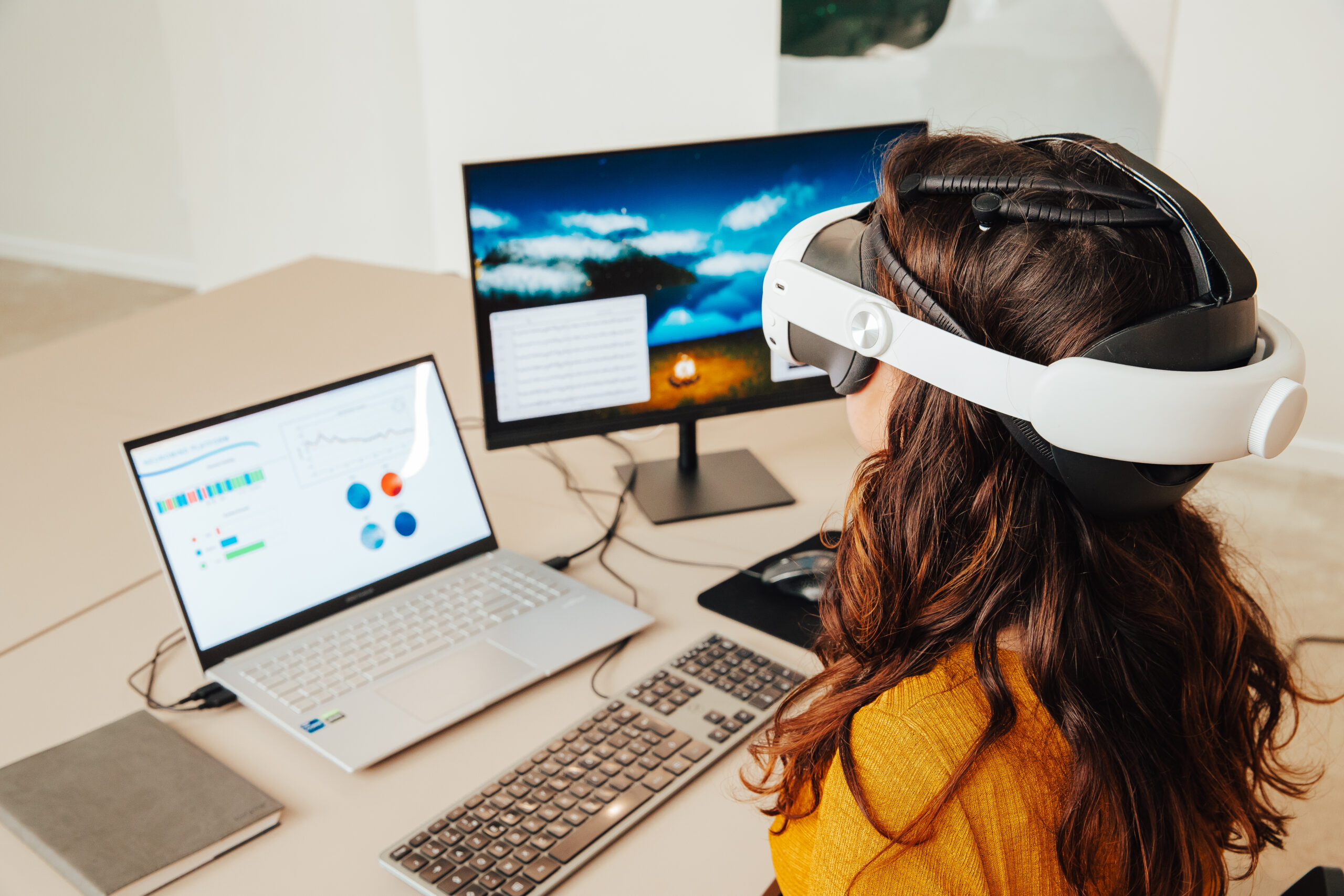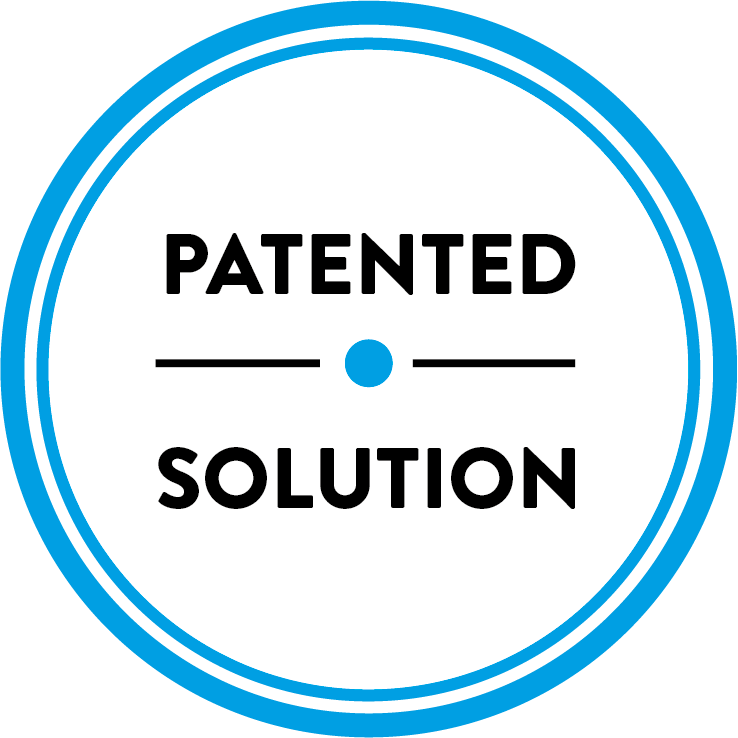Our neurofeedback solution based on emotional measurement
For several years, the Healthy Mind research team has been working on a complementary product to our virtual reality headset to assist and support patients. Through this innovative project, we are developing a new generation of digital therapies combining neurofeedback and virtual reality to treat chronic conditions such as major depression. Our Neuromind product integrates electroencephalography (EEG), electrocardiography (ECG) and eye-tracking with virtual reality immersion. How does this unique device work, and what were the steps behind its creation? We invite you to find out.
The beginnings of the Neuromind project: A psychophysiological study on emotional reactivity conducted with the Paris Brain Institute
Measuring nervous system activity
Neuromind emerged from a study on emotional reactivity conducted at the Paris Brain Institute. The aim of this research was to collect electrophysiological data from the central and peripheral nervous systems of healthy individuals to develop new emotional biomarkers.
How did we proceed? Initially, participants wore a headset with EEG electrodes (electroencephalogram) to record the brain’s electrical activity. Using this non-invasive technique, we are able to capture patterns associated with cognitive processes such as:
- attention;
- emotional states (stress, relaxation, etc.);
- states of consciousness (wakefulness, sleep, fatigue).
Compared to other functional brain imaging techniques (e.g., fNIRS), this method offers very high temporal resolution, detecting rapid brain activity fluctuations while remaining cost-effective and portable.
Real-time interpretation with artificial intelligence
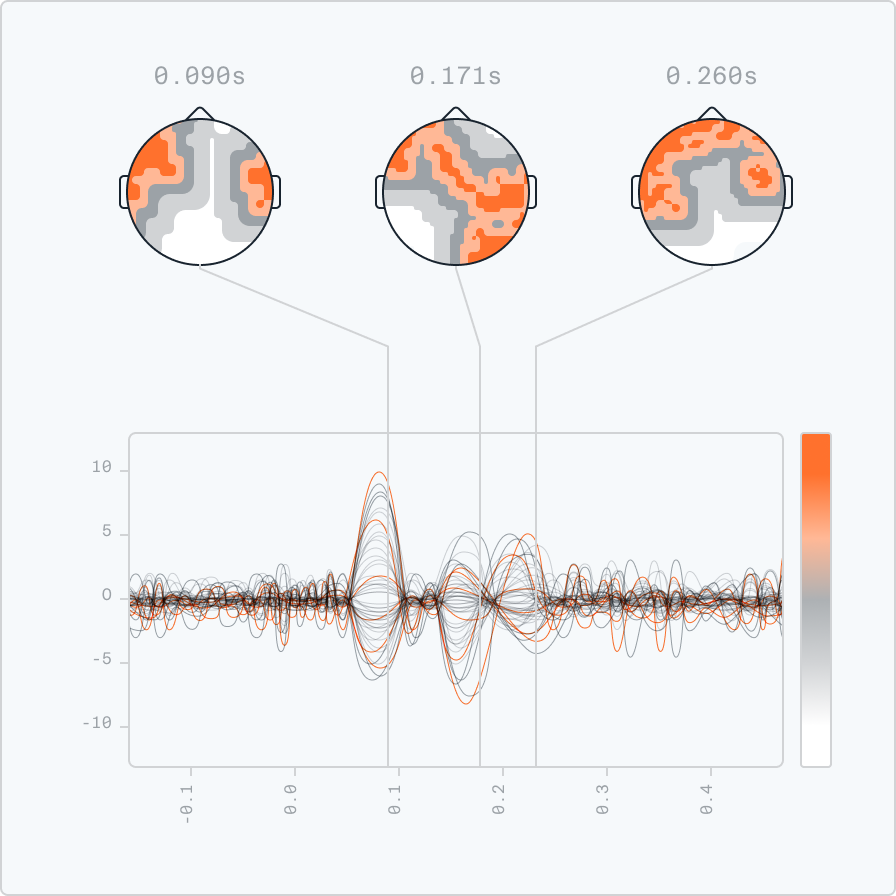
Once brain activity data is collected, how is it processed? To translate the received signals into emotional states, we rely on a specific type of artificial intelligence: machine learning. This system learns progressively as it processes data. As a result, our algorithms have been trained to detect and classify each emotion.
We have identified two proprietary biomarkers of attention and emotion:
- Arousal: Measures the degree of energy or calmness of an emotion.
- Valence: Indicates the positivity or negativity level of an emotion.
Each emotion is defined by its arousal and valence levels, for instance:
- Joy: High arousal and positive valence.
- Relaxation: Low arousal and positive valence.
The intersection of these data points corresponds to a specific emotion, clearly identifiable on a diagram.
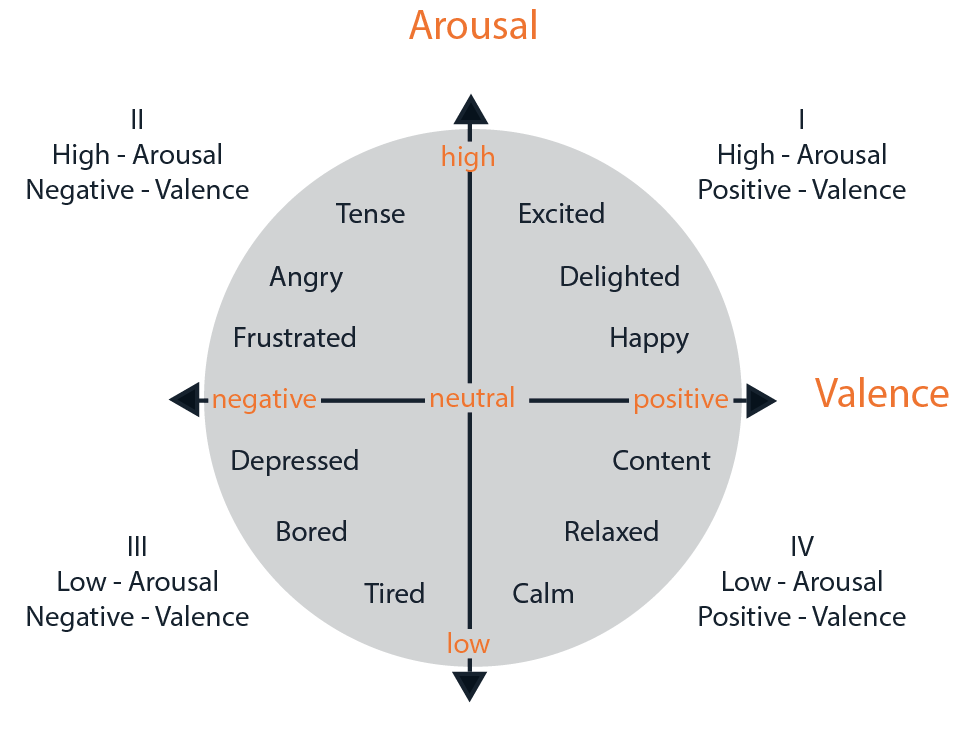
Therapeutic benefits of evolving virtual reality immersions
A brain-computer interface (BCI) establishes a direct communication link between brain electrical activity and an external device, bypassing the peripheral nervous systems. Common examples include robotic arms or wheelchairs. In our case, the external device is virtual reality.
Neuromind goes beyond merely interpreting emotional states. Our goal was to integrate the VR headset with emotion analysis software to evaluate the impact of the virtual environment on the user. After defining a target state—relaxation, for example—the immersions adapt based on the user’s response until the desired state is achieved and sustained.
“We created Neuromind three years ago with the same vision that guided our first medical device: to bridge the gap between groundbreaking research and accessible technology,” – Malo Louvigné, Technical Director at Healthy Mind
Due to its potential in the digital health sector, the NeuroMindiNov project won the I-Nov Innovation Contest as part of the France 2030 plan. This competition represents a prestigious initiative supporting companies with the potential to become global leaders in their fields.

Development phase: Healthy Mind winner of the IMPACT programme in 2024
Our Neuromind closed-loop system integrates three cutting-edge technologies to provide real-time feedback on brain in a realistic, controllable virtual environment:
- Integrated sensors: High-quality monitoring of nervous system activity.
- Artificial intelligence: Real-time brain activity interpretation via machine learning algorithms.
- Immersive VR environments: Adaptive sensory stimulation based on brain-derived biomarkers.
This innovative technology-enabled care pathway project was the winner of the IMPACT 2024 mental health innovation acceleration programme.
Soumaya Karaki, Market Access Manager for Otsuka Laboratory and Healthy Mind mentor, Malo Louvigné, CTO, and Anton Filipchuk, Head of Scientific Research, elaborate on the benefits of this program for the advancement of Neuromind in an interview with the Paris Cité Foundation University:
“The connections facilitated by IMPACT with patient associations will greatly support the next stages of our development.” – Malo Louvigné
“I highly value the opportunity to create a suitable ecosystem around our R&D project, enabling exchanges with mental health specialists, patient associations, pharmaceutical companies, and other start-ups.” – Anton Filipchuk
“Together with their co-mentor Émilie, we are also committed to facilitating Healthy Mind’s connections with key industry stakeholders. This networking aims to expand their reach and foster strategic partnerships, thus contributing to accelerated growth and the successful integration of their innovative solution into the market.” – Soumaya Karaki
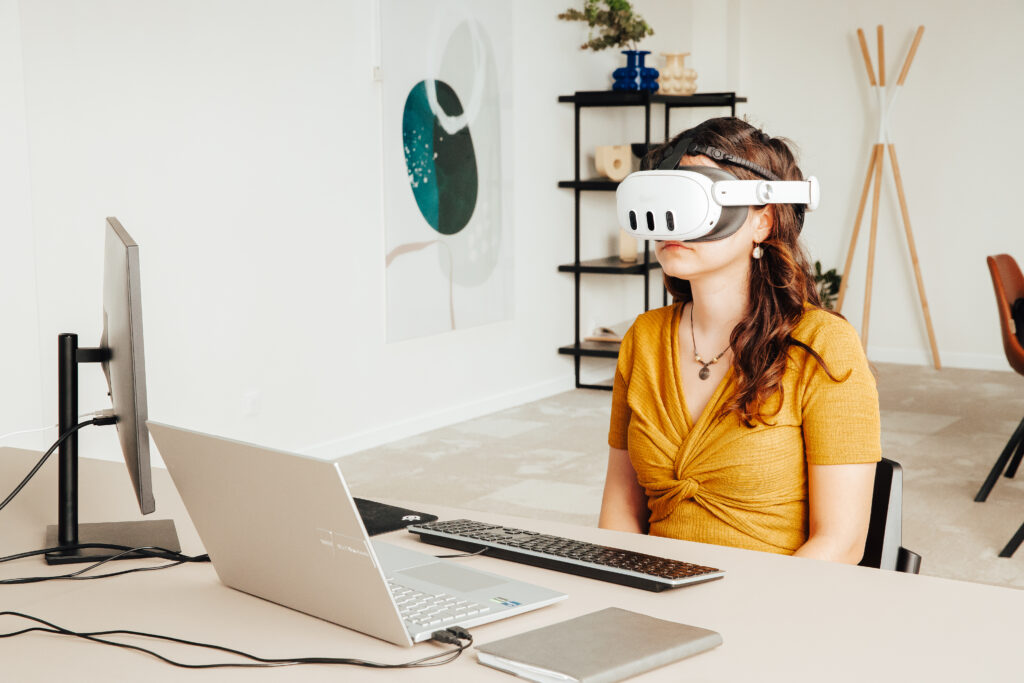
Potential applications of our neurofeedback solution
1. Therapy
Neuromind pioneers a new generation of digital therapies that combine neurofeedback and virtual reality to address chronic conditions such as major depression, mood disorders and neurocognitive diseases.
The ability to define a target state for the user provides a unique opportunity to encourage mindfulness in treatment. This practice consists of paying full attention to the present moment, without judgement, by reducing emotional reactivity. Numerous scientific studies highlight the effects of mindfulness on brain plasticity, slowing down certain symptoms of illness such as generalized anxiety. While many practitioners recommend this approach, it remains complex to implement independently without prior knowledge.
Using virtual reality and emotional measurement, patients can easily aim for a target state of mindfulness. Over time, patients will become increasingly attuned to this state, enabling easier reproduction in daily life.
2. Research
Real-time emotion tracking and induction offer exciting opportunities for research. When studies require a specific emotional state, Neuromind facilitates reliable, controlled elicitation and maintenance.
Additionally, emotional measurements provide valuable insights into treatment impacts. Questionnaires sometimes have limitations when it comes to interpreting the consequences of the proposed protocols. Neuromind provides a real-time view of what is happening for the participants.
3. Optimizing Treatments
Procedures such as repetitive Transcranial Magnetic Stimulation (rTMS) often require specific conditions to be put in place. Neuromind optimizes patient readiness before treatments, enhancing their efficacy. Similarly, it aids cognitive and attentional recovery through adaptive immersion.
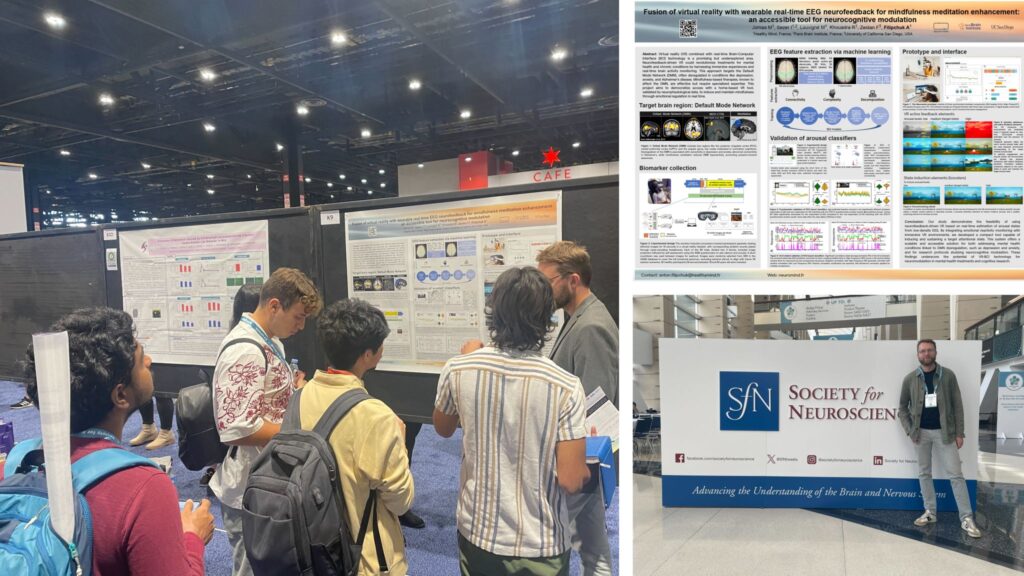
Neuromind launch: Presentation at the SfN24 Event
We had the privilege of participating in the selective Society for Neuroscience 2024 event in Chicago with Brain Products, marking the first public demonstration of Neuromind. If you missed us there, all SfN24 presentation details are available on the Neuromind website.
“The results we are presenting for the first time at SfN demonstrate the successful integration of EEG-based biomarkers into VR for real-time attention control, paving the way for future applications in mental health and cognitive research,” – Anton Filipchuk, Head of Scientific Research at Healthy Mind.
Neurofeedback-based virtual reality has the potential to revolutionize treatments for mental health and chronic diseases by leveraging adaptive immersion and mindfulness-based therapeutic techniques. If you’re eager to be part of this adventure, learn more about its applications or schedule a demonstration, we’d be delighted to welcome you into the Neuromind universe.

